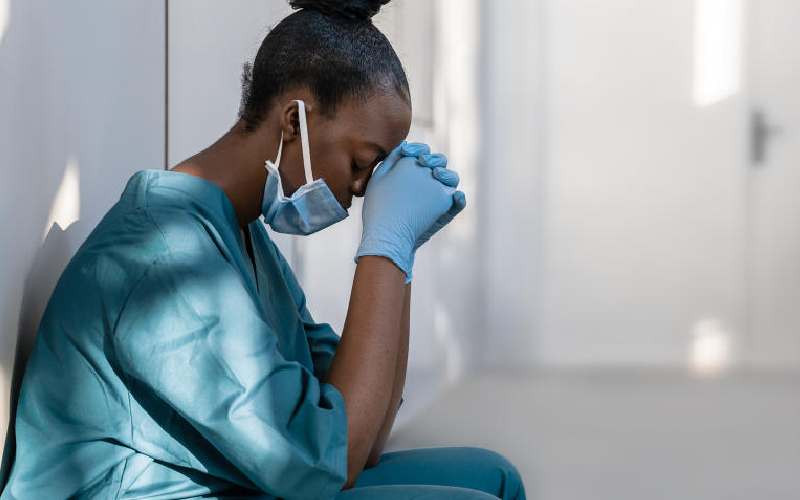
Most nurses in Kenya are silently suffering from work-related disorders, a new study has revealed.
About 70 per cent of nurses are exposed to work-related musculoskeletal disorders that negatively impact their output, according to the study by Masinde Muliro University of Science and Technology (MMUST).
The disorders include carpal tunnel syndrome, tendonitis, thoracic outlet syndrome and tension neck syndrome. Others are hernia, sprains, strains, trauma, back pain and arthritis.
Facts First
Unlock bold, fearless reporting, exclusive stories, investigations, and in-depth analysis with The Standard INSiDER subscription.
Already have an account? Login
 The Standard Group Plc is a multi-media organization with investments in media platforms spanning newspaper print
operations, television, radio broadcasting, digital and online services. The Standard Group is recognized as a
leading multi-media house in Kenya with a key influence in matters of national and international interest.
The Standard Group Plc is a multi-media organization with investments in media platforms spanning newspaper print
operations, television, radio broadcasting, digital and online services. The Standard Group is recognized as a
leading multi-media house in Kenya with a key influence in matters of national and international interest.











